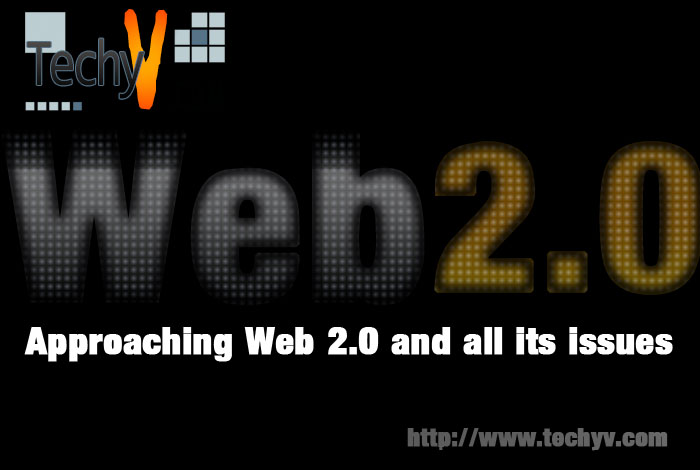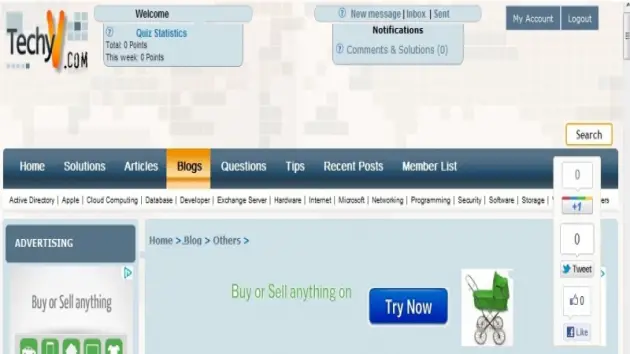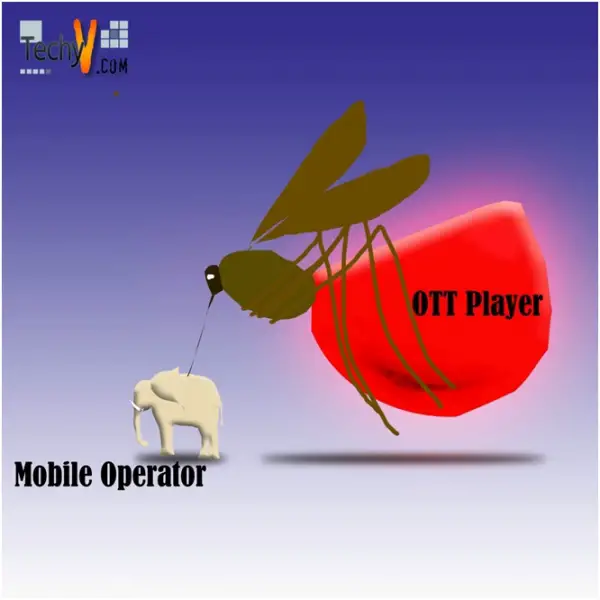Approaching Web 2.0 and all its issues
All about Web 2.0
The notion of Web 2.0 started with a seminar brainstorming meeting between O'Reilly and MediaLive International. Dale Dougherty, web pioneer and O'Reilly VP, documented that far from having crashed, the web was more significant than ever, with stimulating new submissions and sites popping up with astonishing regularity. What's more, the businesses that had endured to have some things in common. Could it be that the dot-com disintegrate assessed some kind of rotating issue for the world.

a. The Web as Platform
Like numerous significant notions, Web 2.0 doesn't have a hard boundary, but rather, a gravitational core. You can visualize Web 2.0 as a set of values and practices that bind simultaneously a veritable solar scheme of sites that illustrate some or all of those values, at a changing expanse from that core.
For demonstration, at the first Web 2.0 seminar, in October 2004, John Battelle and I recorded an initial set of values in our unfastening talk. The first of those values was the web as platform. Yet that was furthermore a rallying bawl of Web 1.0 darling Netscape, which went down in blazes after a warmed assault with Microsoft.
Google vs. Netscape
If Netscape was the benchmark bearer for Web 1.0, Google is most absolutely the benchmark bearer for Web 2.0, if only because their respective IPOs were characterizing happenings for each era. So let's start with an evaluation of these two businesses and their positioning.
Netscape bordered "the web as platform" in periods of the vintage programs paradigm: their flagship merchandise was the web browser, a desktop submission, and their scheme was to use their dominance in the browser market to set up a market for high-priced server products. Control over measures for brandishing content and submissions in the browser would, in idea, give Netscape the kind of market power relished by Microsoft in the PC market.
Google, by compare, started its life as a native web submission, not ever traded or bundled, but consigned as a service, with clients giving, exactly or obscurely, for the use of that service.
DoubleClick vs. Overture & AdSense
DoubleClick is a factual progeny of the internet era. It harnesses programs as a service, has a Centre competency in facts and numbers administration, and, as documented overhead, was a pioneer in world web services long before world web services even had a name. However, DoubleClick was finally restricted by its enterprise model.
It acquired into the '90s idea that the web was about announcing, not participation; that advertisers, not buyers, should to call the shots; that dimensions mattered, and that the internet was progressively being overridden by the peak websites as assessed by MediaMetrix and other web publicity tallying companies.
Bit Torrent vs. Akamai
Akamai is optimized to manage enterprise with the head, not the follow, with the center, not the edges. While it assists the advantage of the persons at the web by flattening their get access to the high-demand sites at the center, it assembles its income from those centered sites.
BitTorrent, like other pioneers in the P2P action, takes a fundamental set about to internet decentralization. Every purchaser is furthermore a server; documents are broken up into fragments that can be assisted from multiple positions, clearly harnessing the mesh of downloader to supply both bandwidth and facts and numbers to other users.
b. Harnessing Collective Intelligence
The centered standard behind the achievement of the monsters born in internet 1.0 era who have endured to lead internet 2.0 seems to be this, that they have adopted the power of the web to harness collective intelligence:
Google's innovation in seek, which rapidly made it the undoubted seek market foremost, was PageRank, a procedure of utilizing the connection structure of the world web other than just the characteristics of articles to supply better seek results.
Yahoo!, the first large internet achievement article, was born as a catalog, or book or directions of connections, an aggregation of the best work of thousands, then millions of web users.
Amazon deals the identical goods as competitors for example Barnesandnoble.com, and they obtain the identical merchandise descriptions, cover pictures, and editorial content from their vendors.
Hyperlinking is the base of the web. As users add new content, and new sites, it is compelled in to the structure of the web by other users finding out the content and connecting to it.
eBay's merchandise is the collective undertaking of all its users; like the world web itself, eBay develops organically in answer to client undertaking, and the company's function is as an enabler of a context in which that client undertaking can happen. What's more, eBay's comparable benefit arrives nearly solely from the critical mass of purchasers and sellers, which makes any new entrant proposing alike services considerably less attractive.
Blogging and Crowds
High touted characteristics of internet 2.0 are the increase of blogging. Personal dwelling sheets have been round since the early days of the web, and the inpidual journal and every day attitude pillar round much longer than that, so just what is the fuss all about?
c. Importance of data
Every important internet submission to designated day has been endorsed by a focused database: Google's world web crawl, Yahoo!'s book or directions, Amazon's database of goods, eBay's database of goods and sellers, MapQuest's chart databases, Napster's circulated recital database.
d. Lightweight Programming Models
Once the concept of web services became au courant, large businesses leapt into the wear with a convoluted web services stack conceived to conceive highly dependable programming environments for circulated applications.
But much as the web did well accurately because it overthrew much of hypertext idea, exchanging a straightforward pragmatism for perfect conceive, RSS has become possibly the lone mostly established web service because of its ease, while the convoluted business world web services stacks have yet to accomplish deployment.
Competencies of Web 2.0 Companies
In discovering the seven values overhead, we've emphasized some of the primary characteristics of Web 2.0. Each of the demonstrations we've discovered illustrates one or more of those key values, but may overlook others. Let's close, thus, by summarizing what we accept as factual to be the Centre competencies of Web 2.0 companies.

















